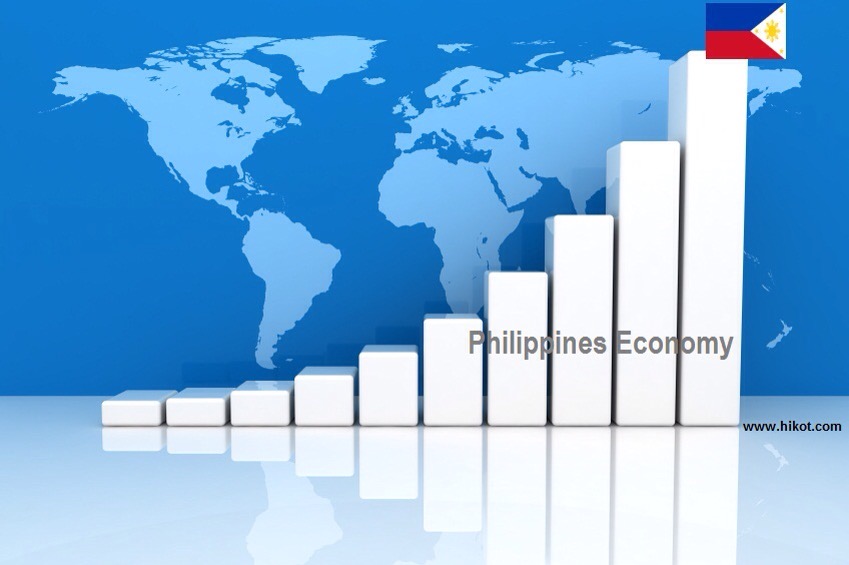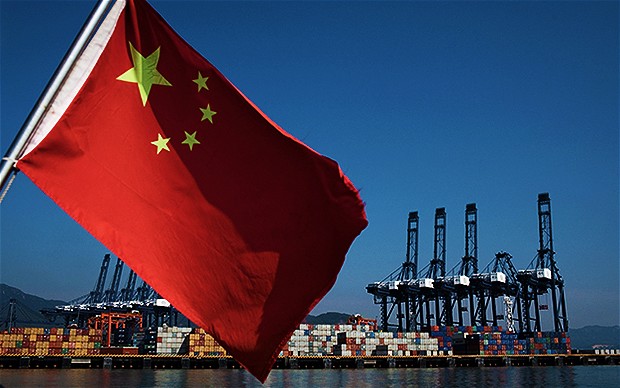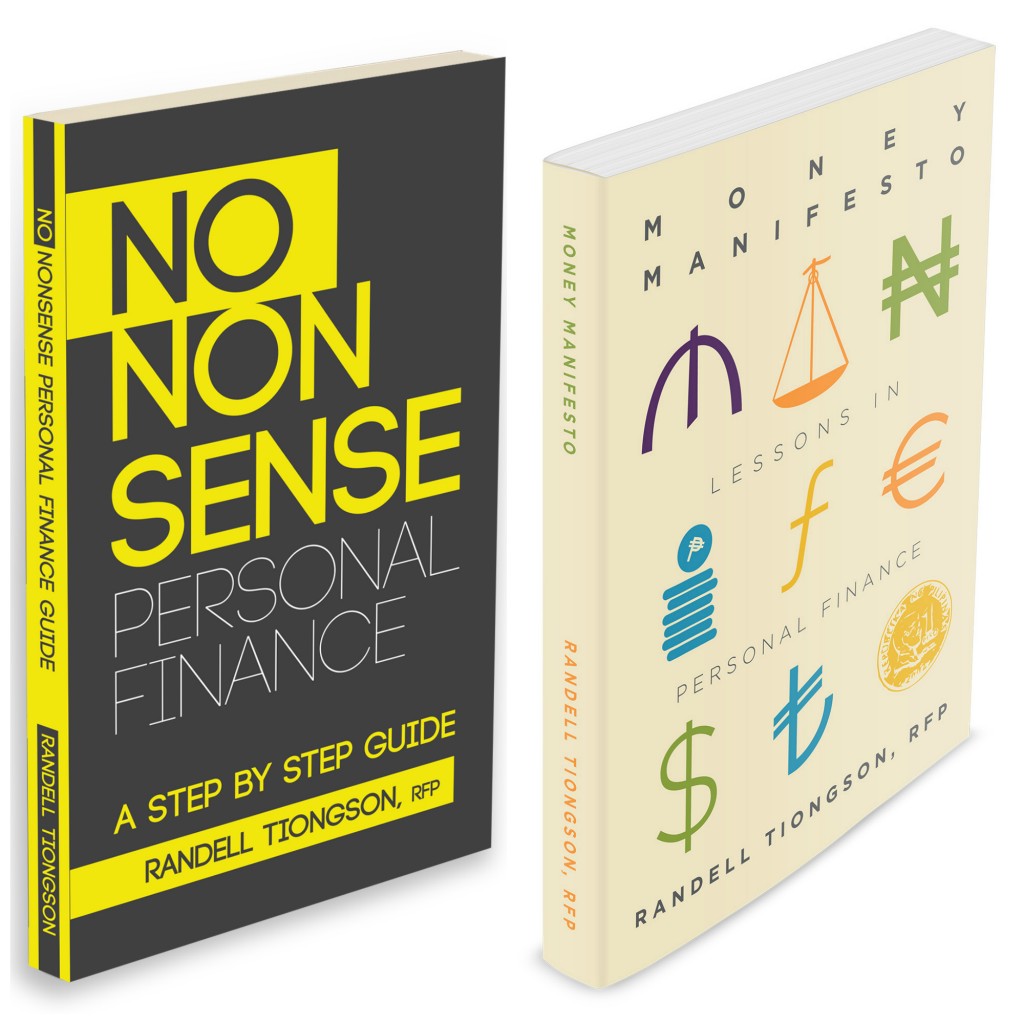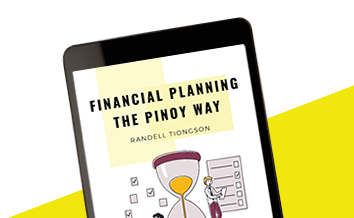2016 Outlook, part 1
By Randell Tiongson on January 14th, 2016

2016 started on shaky grounds largely lead by external factors such as the China concerns, issues in the middle east, oil prices, etc. wiping out all the gains of 2015 and with negative stock indexes world-wide.
In the Philippines, the PSEi traded to a low of 6300 a few days ago causing jitters among many investors. 2016 is also an election year so a lot of people would be naturally concerned. I have been getting a lot of messages from a lot of people and my answer remains the same, if you invested according to your objectives and you are invested for the long-term then stick to your convictions. Stock traders are obviously concerned because of the nature of their strategies but alas, the stock market behaves like it is supposed to – with much volatility.
The stock market, although one of the indicators, is not the economy… and it does not fully reflect the state of the economy. Stock markets are all about perception of value and they are decide optimistically or pessimistically, depending on what the investors see. After all, it still operates on the law of supply and demand.
The Philippine economy, although far from being a stellar economy, is a fundamentally sound economy. There are many macroeconomic numbers that can prove that soundness and we are a consumer-driven economy that is not that much affected by China unlike others. The top stocks in the index are likewise fundamentally sound; they remain profitable and have good prospects of the future. It is widely expected that the Philippine economy will continue to grow and because of that, many top publicly listed companies will continue to rake in profits.
However, times like these also calls for caution and recalibration of one’s investing strategies, albeit not as drastic as some doomsayers are recommending. The largest economy (U.S.) in the world is beginning to show signs of growth and it will definitely have a positive impact, although not immediately.
The elections remain to be as expected – people debating who the better candidate is left and right and who will better steer the nation towards progress. Regardless of who wins, what is important is the political exercise of the transition of administration. The economy will continue to grow and investments will continue to grow after the May elections so long as the process is a credible one.
Just like in previous years, I will be presenting the views of many of the experts whom I really look up to. Their opinions may differ from each other and they will also differ from mine but they are all valuable insights nonetheless. I do not believe that anyone, no matter how intelligent he or she is, has the monopoly of absolute wisdom. It is now up to you as the reader, who will read, understand and form your own convictions for 2016 and beyond.
As before, I implore upon all of us to continue to pray for our nation…
“Blessed is the nation whose God is the LORD, the people whom he has chosen as his heritage!” (Psalm 33:12, ESV)
Thoughts on “The Last SONA”
By Randell Tiongson on July 30th, 2015
 A lot of controversy surrounds President Benigno Aquino III’s last SONA, but whatever you think of the man, the economic improvements under his tenure are undeniable. In the span of six years, we’ve gone from “Sick Man of Asia” to “Asia’s Rising Tiger,” “Asia’s Rising Star,” and “Asia’s Bright Spot.”
A lot of controversy surrounds President Benigno Aquino III’s last SONA, but whatever you think of the man, the economic improvements under his tenure are undeniable. In the span of six years, we’ve gone from “Sick Man of Asia” to “Asia’s Rising Tiger,” “Asia’s Rising Star,” and “Asia’s Bright Spot.”
For the very first time, the Philippines has been rated as “investment grade” by the leading credit agencies in the world (S&P, Fitch, and Moody’s). This is no small feat, and the President deserves applause for his role in this achievement.
Domestic investments are also on the rise. In the President’s words, “ngayon, ang Pilipino, tumataya sa kapwa Pilipino.” From 2003 to 2007, only P1.24 trillion was invested domestically. From 3rd quarter 2010 to 2014, that number rocketed to P2.09 trillion, showing that Filipinos believe in the local economy and are staking their bets on it. I myself have seen this improvement in the increasing number of people asking me how they can invest.
The President touted the increase in net foreign direct investments (FDI), up to USD 6.04 billion in 2014, the highest ever. But I think this is an area that could still use some improvement. As recently as last year, reports showed that the Philippines has the lowest FDI to GDP ratio among Asean countries, as only 1.12% of our GDP came from FDI. Steps must be taken to increase FDI inflows and keep them; this involves loosening regulations that limit foreign investments.
After the President’s fourth SONA, I expressed that there needs to be more and better jobs for growth to be truly inclusive. In this year’s SONA, he pointed to the decreasing number of OFWs, a drop in the unemployment rate to 6.8% last year, and only 15 total workforce strikes in the last five years as a sign of an improving labor climate in the country. Programs like TESDA have helped more Filipinos find jobs, which can only be good for the economy.
Overall, to me, these numbers are good, but the most important achievement of President Aquino is there was a big improvement in the battle on corruption. The World Economic Forum has stated the anti-corruption drive propels the Philippines 33 places up its rankings. The stark improvement of international perception on diminishing corruption is one of the President’s biggest contribution. This not only makes foreigners more likely to invest, but locals as well. This foundation initiated by the President sets the stage for more economic improvements in the future.
Of course, there is still room for improvement, and I know that some of the reforms will take a long time before we can see any positive effects. But I believe that the fundamentals of our economy are good, no matter who takes over. And if we stay on the right track, we can prosper as a nation.
Let us continue to pray for our beloved nation. “Blessed is the nation whose God is the LORD, the people he chose for his inheritance.” – Psalm 33:12, NIV
What you can learn from the Chinese stock market crisis
By Randell Tiongson on July 20th, 2015
While the world had its eyes on Greece and the Eurozone, something big was happening closer to our doorstep — a 30% drop in the Shanghai Composite Index in the span of just three weeks. Hundreds of companies stopped trading, and the Chinese government brought the hammer down to try to stop the skid, even threatening to arrest people who short sell. Many analysts think that these actions may have just made things worse.

(Photo from HERE)
The Chinese stock market, before this drop, had been having a ridiculously good run, soaring on the wings of individual investors. These small investors started buying a lot of stocks over the last year with borrowed money (also known as margin financing), encouraged by the government to invest in the stock market. Because of this borrowing, more than 80% of Chinese investors are small-time individuals; in most other markets, investors are mostly institutes. The influx into the stock market sent valuations skyrocketing. The Shanghai index increased over the last three years without matching the growth rate of the Chinese economy.
But what goes up must come down, and that’s exactly what happened. Because the growth was being driven by momentum and not fundamentals, people began to fear that it was unsustainable, and began to sell, triggering the steep drop in stock prices. In the long term, the real value of these stocks will be and should be reflected by the market.
So what does this mean for the regular Filipino? At the moment, the Chinese economy’s downturn won’t have lasting effects on us for the short term. The companies listed in the Chinese stock markets are not directly connected to the Philippine economy. This means that ordinary Chinese are taking most of the impact of the crash.
And even after the stock market plunge, China’s economy is still growing at the predicted pace. They already released their second quarter 2015 growth at 7% — although there are questions about the validity of this figure.
However, it’s the threat of a slowed-down Chinese economy that would be a problem for us. If China’s growth falls below 7%, that could affect many of manufacturers in ASEAN including the Philippines — since our region provides a portion of the intermediate goods for China to finish or complete.
There are a few lessons you as an individual investor (or one trying to be) can take from the Chinese stock market crash, though:
1. Don’t sell in a panic. A lot of people’s first instinct, when faced with a crash, is to sell, which just makes the crash worse. Don’t panic; always have an eye on the medium- to long-term. With the strong fundamentals of the Philippine economy, more likely than not any dip caused by panic about the Chinese stock market will ease over time.
2. Focus on the internal strength of the economy. Many of the infrastructure projects are limited to local blue chip firms. They should be setting the stage for future returns once these projects go online. Hopefully these projects funnel and facilitate the movement of income from these big firms to the smaller ones.
3. Don’t borrow money to invest. I would recommend that you only invest money you already have and won’t need in the medium- to long-term instead of getting margin loans to make investments. When you buy stocks with borrowed money, you can’t afford to ride out a crash by holding on to your stocks until prices climb back up; you have to sell what you can so you can pay back your lender. And if the market has fallen by a lot, you might lose all your money and can’t repay your debt. Only invest what you can afford to lose.
All these economic crises hitting at once may make you worry about your own investments. But the Philippines, despite being exposed to China’s volatility, is still targeting 7 – 8% growth, according to Economic Planning Secretary Arsenio Balisacan. We still don’t know how we’ll be ultimately affected by what’s happening in China right now, but the effects should be manageable in general.
If you’re an investor, remember to stick to your investment timeline and long-term goals, and keep an eye on the China story as it develops over the next few weeks and months but do not be in fear.
——————

Get my best-selling book in discounted book bundles and comes with free shipping!
No Nonsense Personal Finance is at P500.00 and Money Manifesto at P600.00. If you get the both books, it will now be just P1,000.00 and comes with free shipping!
Here’s how you can order:
1) Deposit to BPI # 0249-1113-09 (John Randell Tiongson)
2) Send copy of deposit slip to mia.tiongson08@gmail.com with your full address and telephone number.





